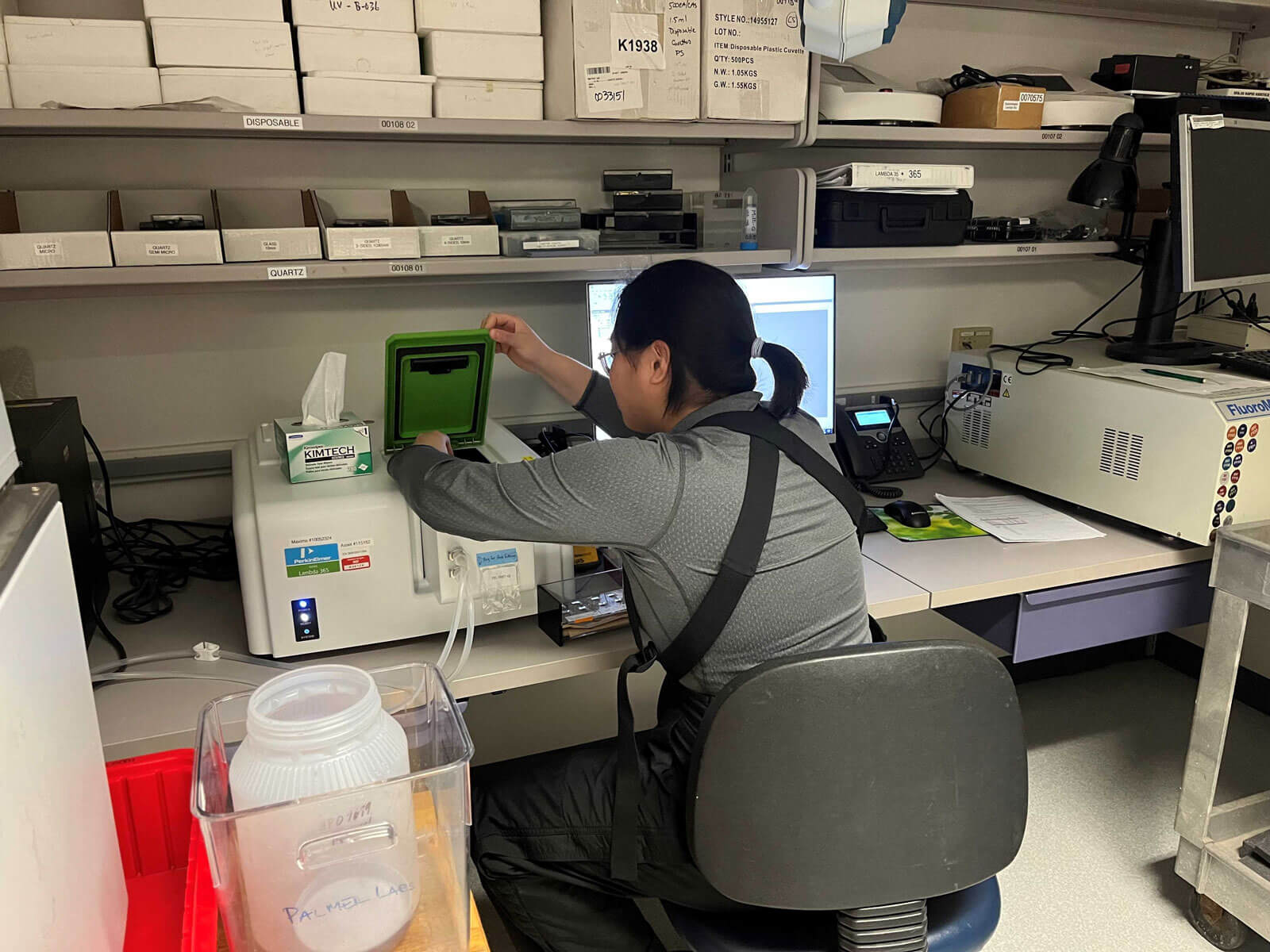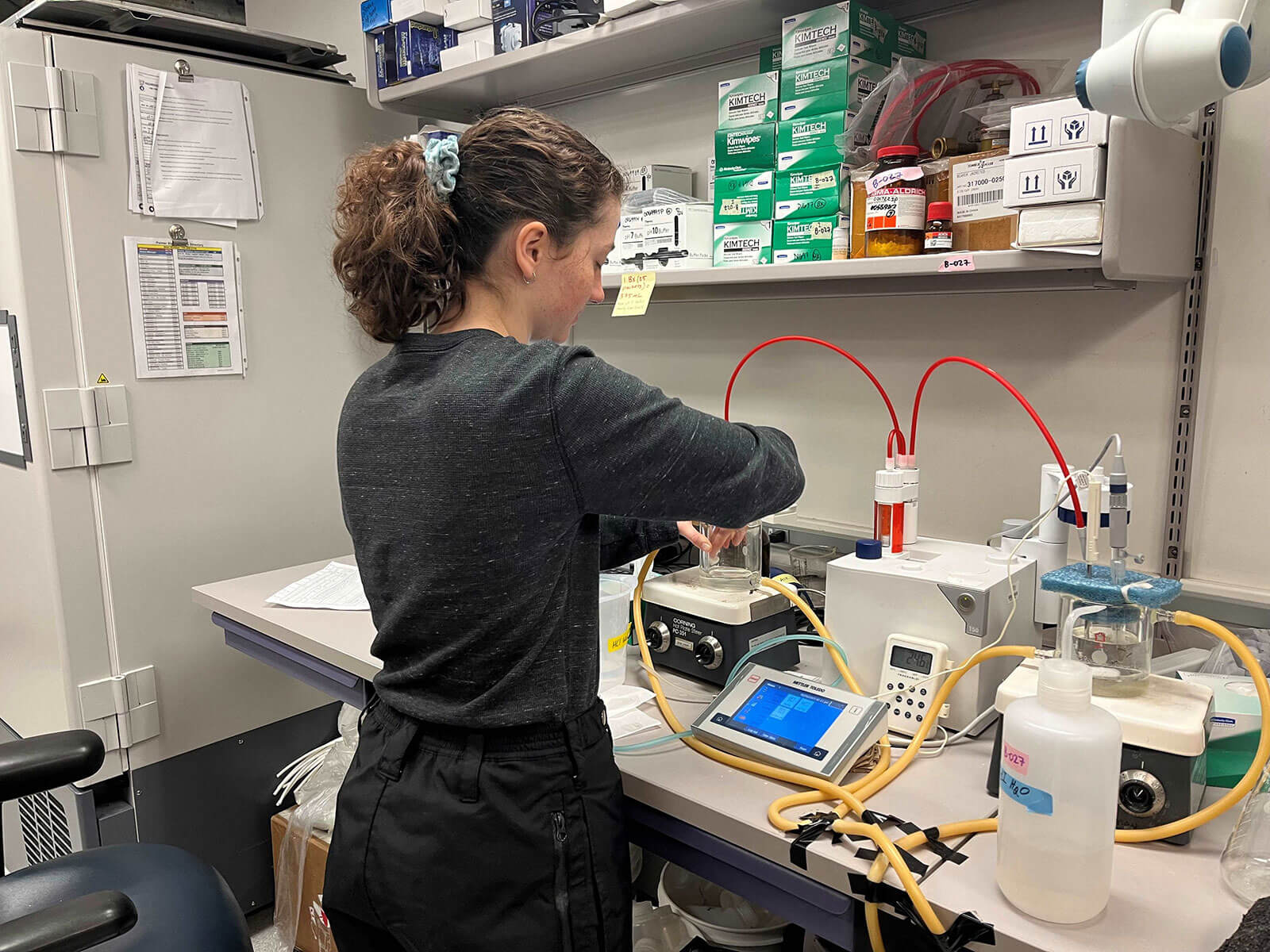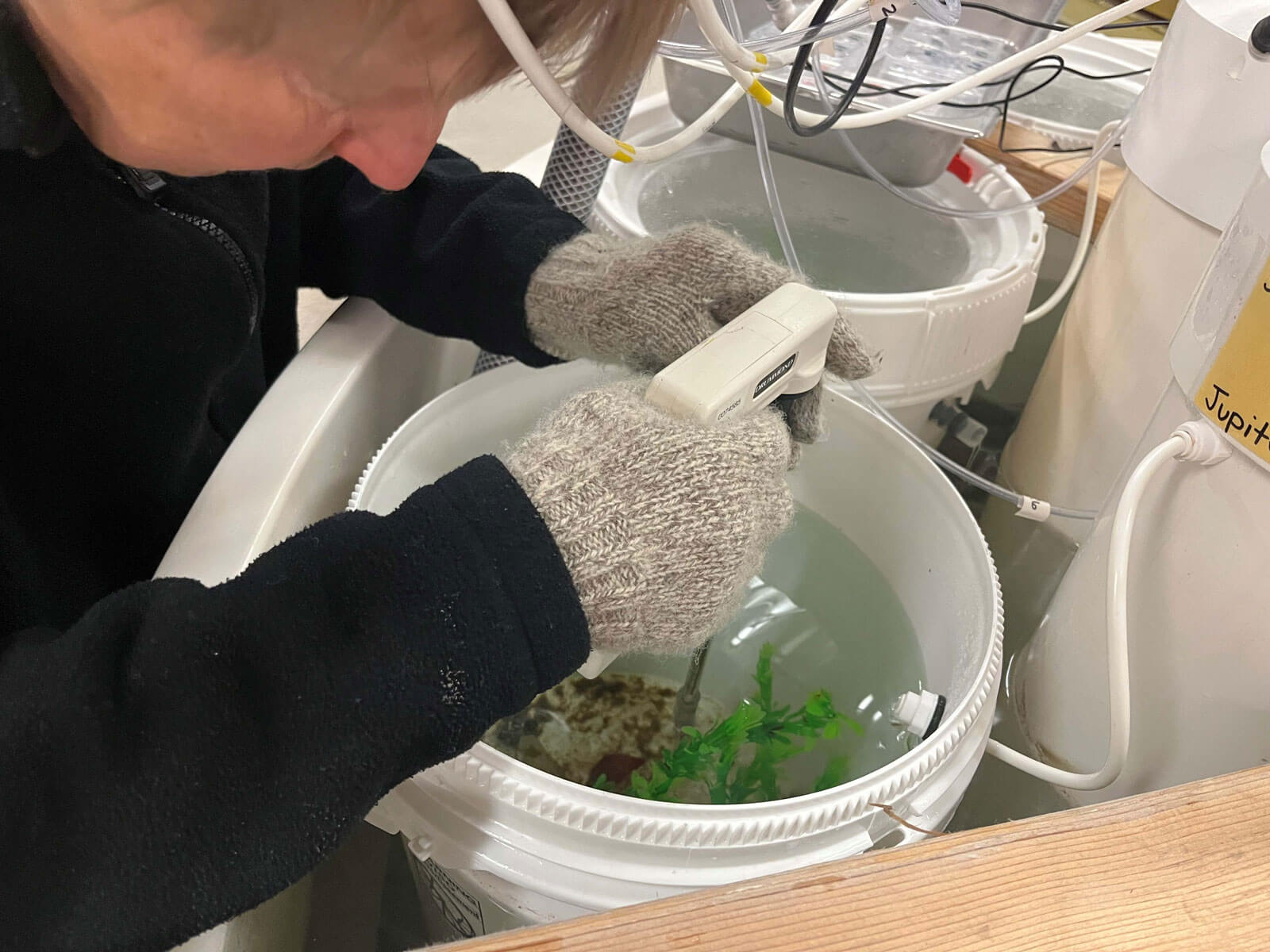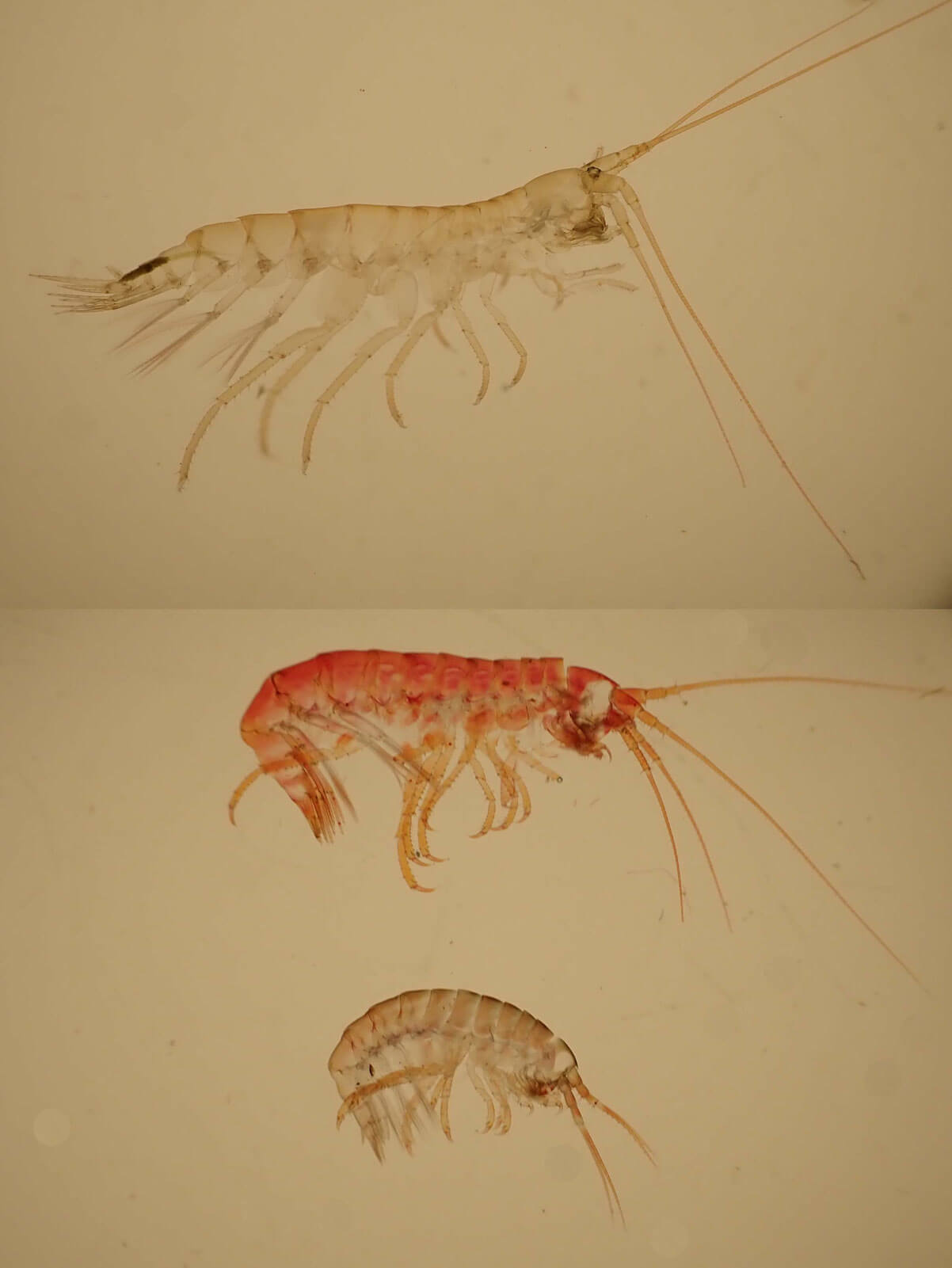 A couple of weeks ago, we were able to start our main experiment for this field season that took nearly two months to set up. While this was a super exciting accomplishment, our team’s work is far from over. There are certain tasks (like titrations, spec work, and molt collecting, oh my!) that need to be completed daily. These tasks not only help ensure that our pH treatments are correctly set, but also allow us to collect some of our data throughout the experiment. Today, I am going to walk you through a typical workday for experiment maintenance.
A couple of weeks ago, we were able to start our main experiment for this field season that took nearly two months to set up. While this was a super exciting accomplishment, our team’s work is far from over. There are certain tasks (like titrations, spec work, and molt collecting, oh my!) that need to be completed daily. These tasks not only help ensure that our pH treatments are correctly set, but also allow us to collect some of our data throughout the experiment. Today, I am going to walk you through a typical workday for experiment maintenance.
We start each morning with a group meeting where we discuss our goals for the day. Completing our daily water chemistry is always one of those goals.
After our meeting, the group usually divides and conquers these daily tasks. Addie and Jami collect water samples and measure the pH and temperature of the six experimental buckets that are scheduled to be tested that day. We rotate through which buckets are tested every day so all of the buckets are checked multiple times a week.
After the samples are collected, Jami and Addie work their magic. First, Jami takes a small amount of each sample to analyze with the spectrophotometer which you can see in the image above. You can check out her latest blog post to get a more in-depth explanation of this process. Very briefly, Jami uses a dye that is pH sensitive to determine the pH of each of our water samples.

Next, Addie takes the remainder of the water samples and runs them through the titrator like the image above. She also has a blog post that explains her work in more detail. The titrator measures the alkalinity of our samples by adding known amounts of hydrochloric acid. The amount the pH changes with these acid additions tells us the alkalinity of the water (its ability to resist pH changes).

While Jami and Addie are handling the water chemistry, Maggie and I are out in the aquarium. Maggie spends the morning collecting molts. Amphipod molts are the product of amphipods casting off their old carapaces as they grow. Think of this like a snake shedding its skin. Past ocean acidification studies have found a correlation between the time when amphipods molt and higher mortality. For this reason, we are keeping track of molts and deaths as the experiment runs. After Maggie collects the molts, she takes them to a microscope where she can identify which of our species molted. You can see a collection of what these molts look like below.

My mornings are a little eclectic. I start the day by checking the pH of each of our experimental buckets with an independent pH probe like in the image below. These measurements are used as a guideline to make sure the buckets not being analyzed for that day are still near their set points. While I am in the buckets, I also check on my experimental Palmaria decipiens to make sure the algae looks healthy. After Addie and Jami are finished with their analyses, I take their data and run it through a program to determine a more accurate pH and determine other carbonate chemistry parameters of the water. If the pHs of our buckets are off, I reprogram the set point of the buckets to adjust the pH.
Then, our morning work is done.
The rest of the day is largely dependent on the weather and on our other goals. Some days we go diving. Some days we stay on station to write or work on different experiments. Regardless of our other activities, you can always bet that our morning chemistry will always be completed.
A haiku for your consideration:
pH is fickle
It hides from the naked eye
So, we analyze